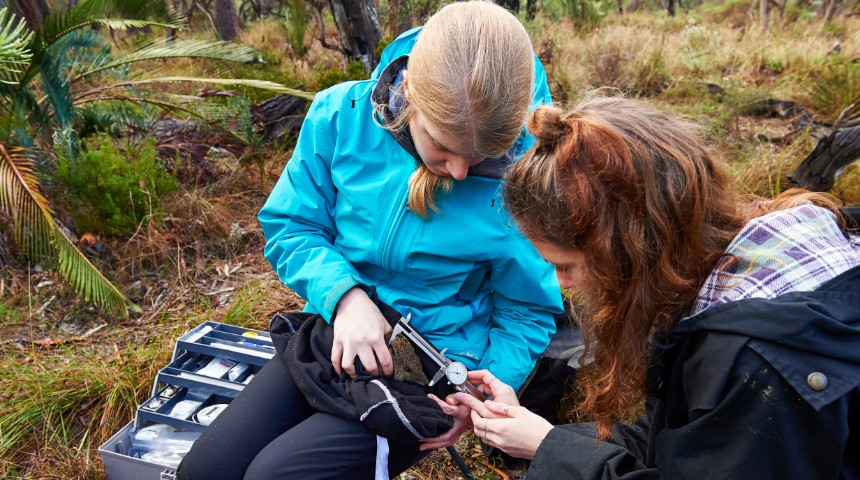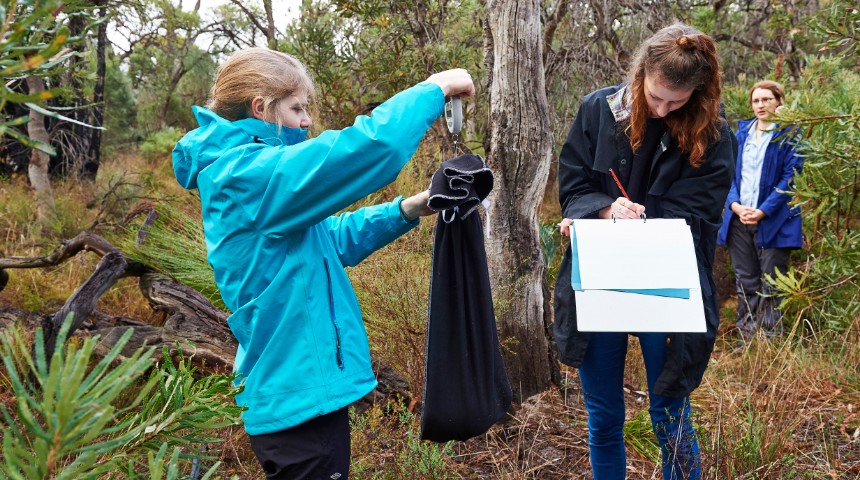
Murdoch University is home to an important population of quenda – a native, digging marsupial which lives in the bushland and gardens on campus.
It’s estimated there could be as many as 200 to 300 of these conservation-dependent animals around the University. Quenda live in remnant bush within the Perth metro area and are one of the few native marsupials to remain here.They play an important role in urban bushland, acting like nature’s gardeners with their digging helping increase the amount of water and nutrients in the soil and perhaps reduce fire fuel load.
However, their populations are under threat due to urbanisation and the clearing of bushland.
According to Dr Kate Bryant and Dr Amanda Kristancic, the reduction in the marsupial’s habitat has driven the need to understand how quenda are utilising bushland and gardens, and there are several projects underway with Murdoch researchers looking at protecting quenda in urban areas.

“Murdoch’s bushland campus provides a unique opportunity to undertake some of this research,” said Dr Bryant.
Our ongoing monitoring of the campus quenda looks at long-term trends in population size and demography.”
Remote-sensing cameras and GPS tracking are also being used to look for habitat elements that are important for foraging, shelter and to provide movement corridors for the quenda throughout campus.
We need to ensure that any clearing or new development in urban spaces still allows for adequate shelter and habitat linkages to remain for the quenda.”One idea that may help quenda in degraded habitats is the provision of artificial refuges that provide temporary shelter during times of disturbance.
“There is very little data on whether quenda and other bandicoots use such structures, and whether they could help quenda utilise degraded areas. So we began a project at Murdoch to test this idea, and we’ve built artificial refuges in the gardens and bushland on campus,” Dr Kristancic said.
The sites are being monitored for quenda visitation and foraging activity to see whether the presence of the artifical refuges encourages or discourages quenda activity.
“The ideal scenario would be an increase in foraging and visitation around the refuges which would suggest that the quenda are using them.
This would mean that artificial refuges could be used as a conservation tool, to temporarily enhance habitat during disturbance and construction, until more natural habitat can be restored via revegetation.”